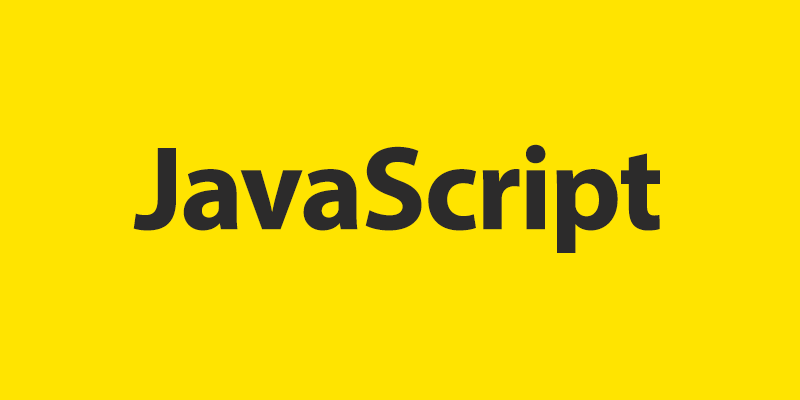JavaScript is one of today’s most popular programming languages, however there were interesting twists in its history. It was created at Netscape in 1995. Originally known as Mocha, the name was chosen by Marc Andreessen, the founder of Netscape. Netscape wanted to make its own tiny programming language that runs right in the browser, instead of having to make up new HTML tags. Netscape wanted an easier-to-understand and accessible language to work for the web browser since Java was the dominant programming language of that time and was difficult to learn. Brendan Eich, a new hire at NetScape, created a brand new language in 10 days (most programming languages take years to create), what we know today as JavaScript. This seemingly haphazardly-created language seemed doomed from the beginning.
In its early years, JavaScript was plagued by security flaws and severely crippled by the lack of development tools. JavaScript had a lot of bugs. It didn’t quite work across different browsers and platforms, and ultimately promoted bad programming practices. Additionally, many experienced programmers didn’t take it seriously because they thought JavaScript required no skill to operate and ignored its potential.
Eventually, JavaScript became capable of performing database queries and other advanced features and therefore received more attention from professional developers. These abilities were important because they allowed for a richer web-experience where web development and usage became much quicker and more efficient. Another important advancement for JavaScript took place fairly recently. Around 2009, node.js was created and published. Node.js is a runtime environment for JavaScript. It enabled JavaScript to be run on the server-side, instead of being limited to run only in the browser (i.e. the client-side). The development of node.js has lead to an explosive growth of JavaScript usage.
Today, JavaScript has become one of the most used programming languages. It has enough flexibility to overcome its weaknesses and is used everywhere. Nearly all the websites you visit today contain code written in JavaScript. When combining advantages like being a relatively easy language, low-barrier of entry, having relatively fast response, and strong support from a large developer community, very few other programming languages can compete. It is easy to see why JavaScript has become a very powerful and popular language today. Who knew something made so quickly could turn into something so powerful and widely available?
Feel free to comment and let us know if you have questions!
Don’t forget to sign up for our newsletter and follow us on Twitter @g33kology to get more articles like this to help you learn more geek language.
Image: Wikimedia Commons

